It's Time To Banish This Power-Sapping Move In The Golf Swing... For Good!
Golf Monthly Top 50 Coach Katie Dawkins shares her top tips on how to stop casting the golf club, allowing you to unleash your power in the golf swing...

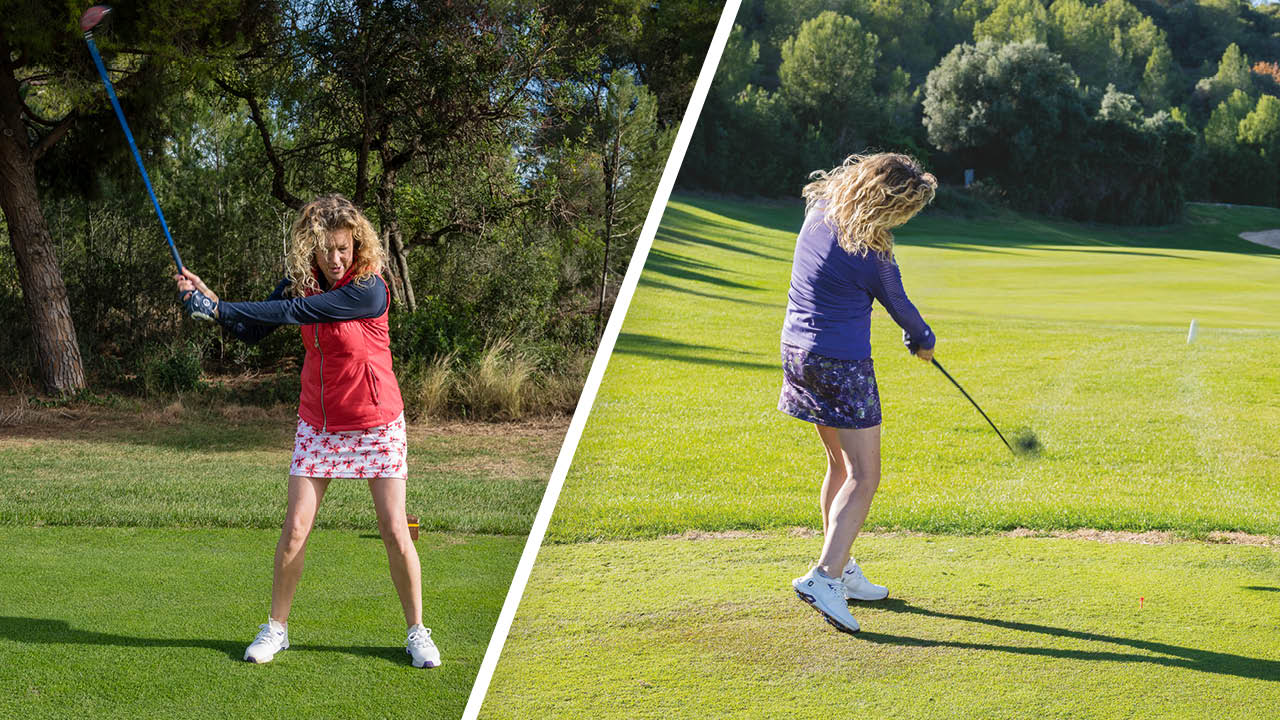
Despite reading expert golf tips on how to generate more power in the golf swing, and working on fundamentals like the perfect grip, ball position and optimal launch angle, so many amateur golfers throw away all their hard work by allowing this destructive habit to creep into their golf swing.
Casting the golf club is a common fault for amateurs, but it doesn't have to be. In this article, Golf Monthly Top 50 Coach Katie Dawkins shares her top tips to banish this power-sapping move once and for all...
What Is Casting And Why Is It Bad?
When golfers cast the club and cut across the ball, the correct sequence of the golf swing is out of sync. The first move from the top is the arms. Then comes that horrid ‘casting’ of the club, which releases all the stored energy too early and costs you both distance and accuracy.
For the correct movement, imagine you’re skimming a stone across a lake. The kinematic sequence happens from the ground up and it’s the same with the golf swing. From the top of the backswing, the first thing that has to go is the shift in weight, followed by your hips turning. The last thing is the club. In the case of skimming a stone, the last thing to go is the release of the stone.
Sometimes there may be a physical restriction or reason that means the golfer is not able to use the lower half of their body efficiently. They may have limitations and tensions in their lower half – a bad back, bad hips, bad knees or a restriction in their lower body - that is not allowing it to turn properly, so you must always try to identify the root cause of the problem first.
But if you’re not aware of any physical limitations that might be causing a casting action, here are three tips or drills to use to try and remedy the fault...
Ignite Your Lower Half
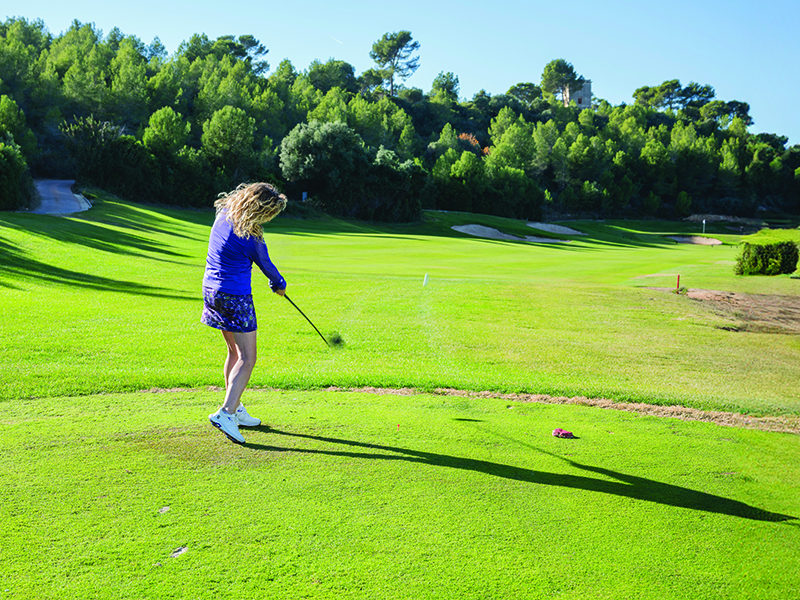
What you need to do is ‘ignite’ your lower half. By that I mean switching the glutes on, getting your lower half driving through and just feeling like the body does a lot more in the swing.
Subscribe to the Golf Monthly newsletter to stay up to date with all the latest tour news, equipment news, reviews, head-to-heads and buyer’s guides from our team of experienced experts.
This will help you to drop the club behind you coming down, keeping it on line a little better. When the lower half of the body doesn’t work at all, the club is literally thrown across the line. You will be fighting this move forever unless you fix the lower half.
Turn Your Chest To Target
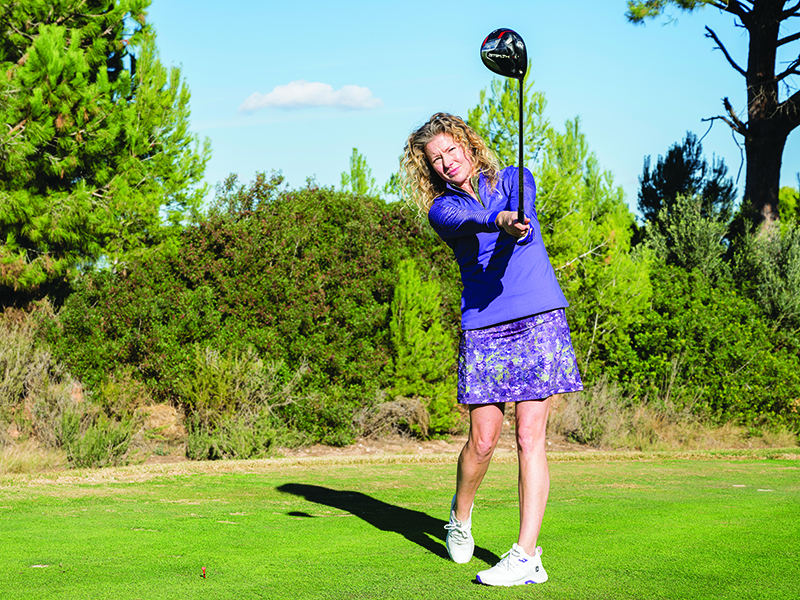
A simple swing thought that really works is ‘turn and turn’. If you focus on finishing the golf swing, rather than worrying about what’s gone on before, you will swing the club much straighter down the line because it forces you to extend through to a finish.
One of the reasons people cut across the line is that their focus is too much on the ball. There’s almost a rush to finish the shot and see where it has gone. They cut their follow-through short and swing the club around to the left. So try to make your follow-through look brilliant, rather than worrying about where the ball is going.
Check Your Aim
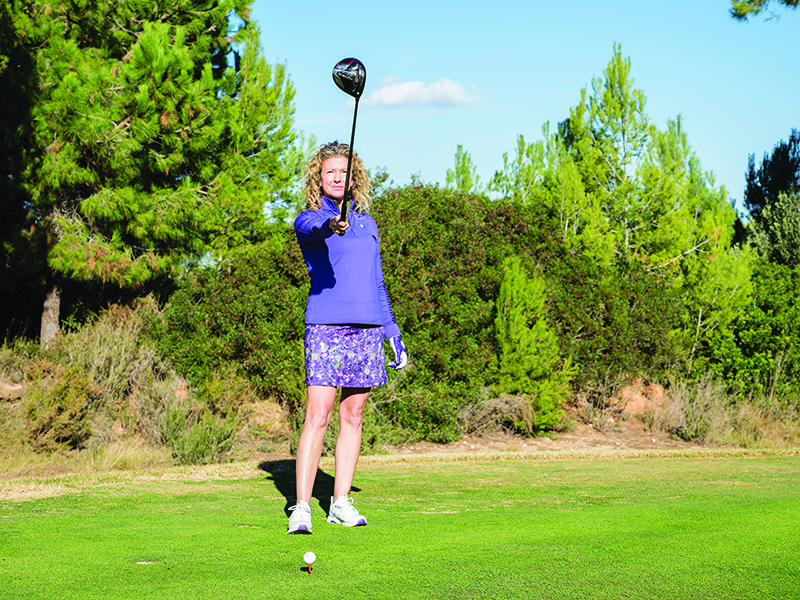
An over-the-top casting action is commonly caused by your aim being too far to the right. From here, you have to swing over the top to try and compensate for that poor alignment.
Pick a reference point on the ground – perhaps an old divot, blemish or particular blade of grass – a few inches in front of the ball in line with your target as a helpful closer guide to aim at. Then use this to get really precise with your aim at address.
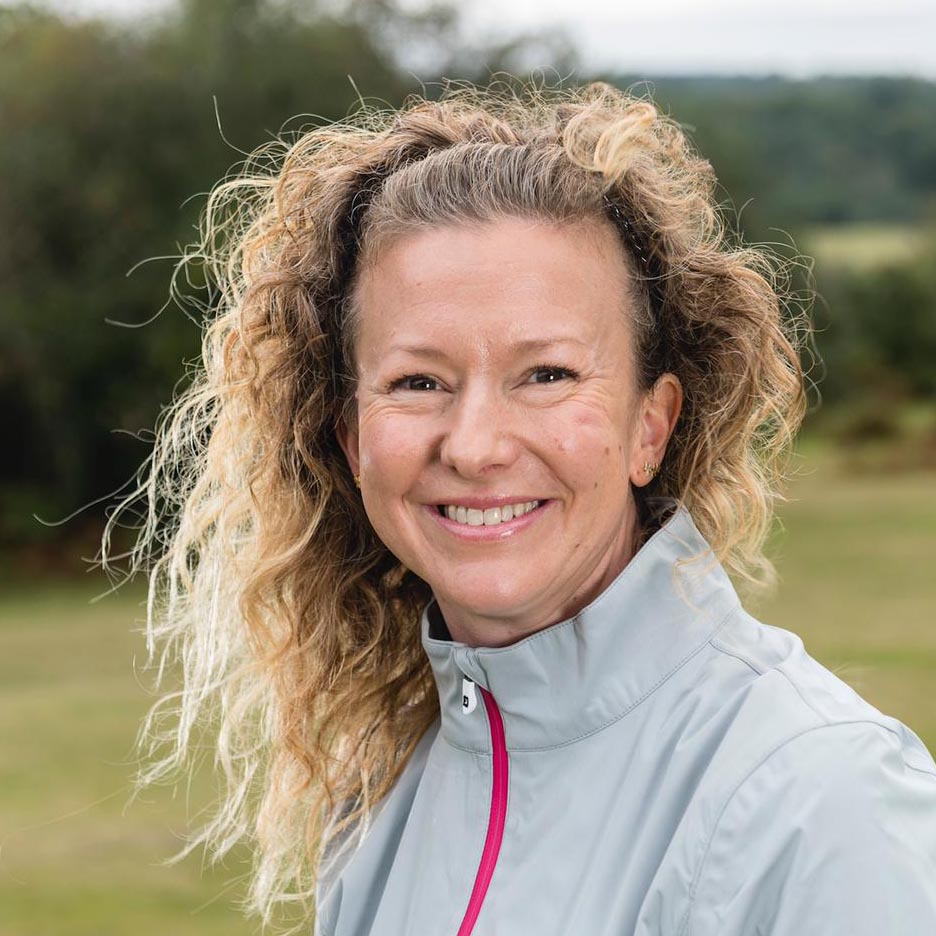
Katie is an Advanced PGA professional with over 20 years of coaching experience. She helps golfers of every age and ability to be the best versions of themselves. In January 2022 she was named as one of Golf Monthly's Top 50 Coaches.
Katie coaches the individual and uses her vast experience in technique, psychology and golf fitness to fix problems in a logical manner that is effective - she makes golf simple. Katie is based in the South of England, on the edge of the New Forest. An experienced club coach, she developed GardenGOLF during lockdown and as well as coaching at Iford Golf Centre, The Caversham- Home of Reading Golf Club and Salisbury & South Wilts Golf Club.
She freelances, operating via pop-up clinics and travelling to clients homes to help them use their space to improve.
She has coached tour pros on both LET tour and the Challenge Tour as well as introduced many a beginner to the game.
Katie has been writing instructional content for magazines for 20 years. Her creative approach to writing is fuelled by her sideline as an artist.
Katie's Current What's In The Bag
Driver: TaylorMade Qi10 9degrees.
Fairway: TaylorMade Qi10 5wood
Hybrid: TaylorMade 4 & 5
Irons: TaylorMade 770 6-AW
Wedges: TaylorMade Tour Grind 4 54 & 58
Putter: TaylorMade Tour X 33"
Favourite Shoes: FootJoy HyperFlex with Tour Flex Pro Softspikes on the course.